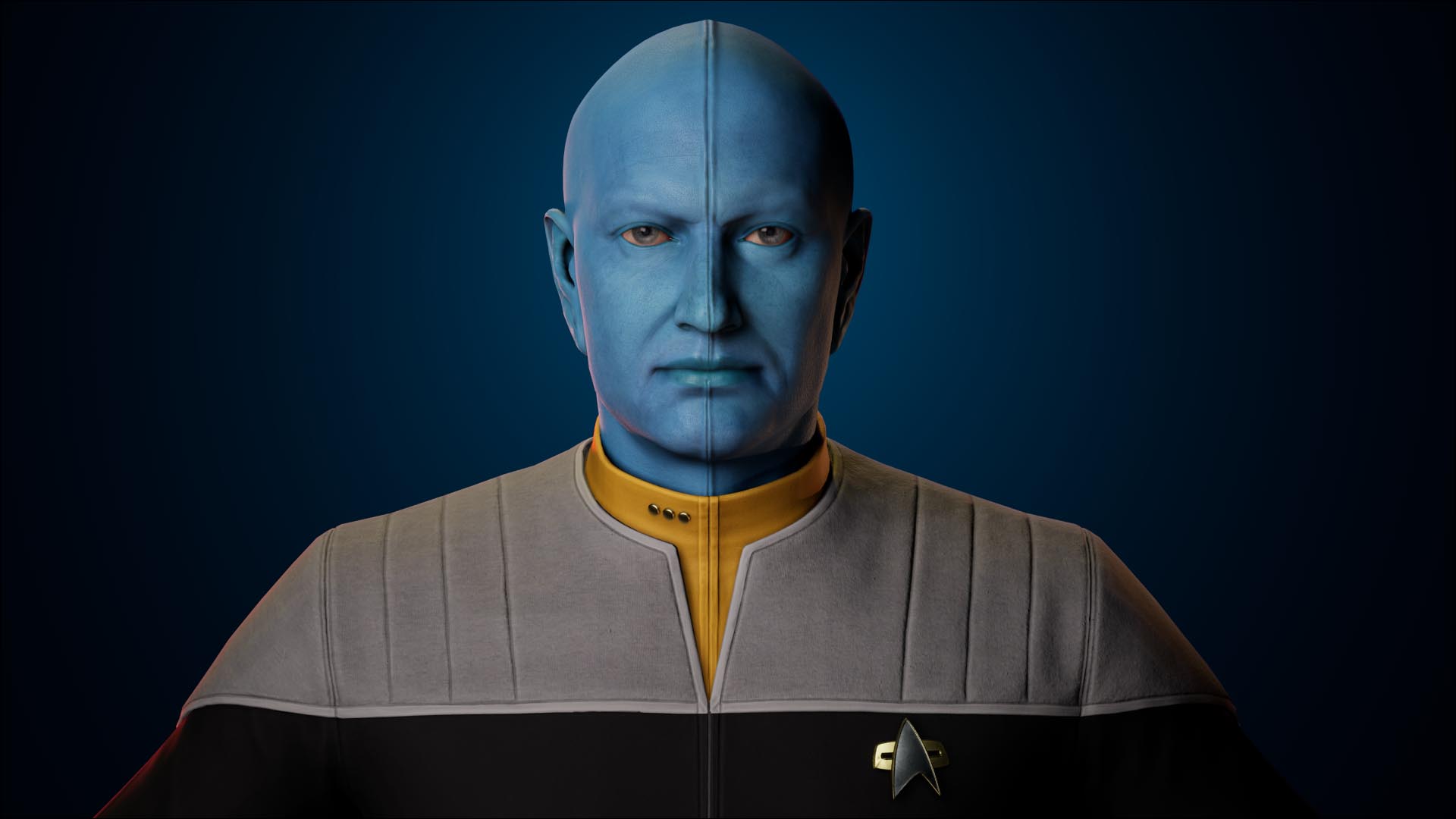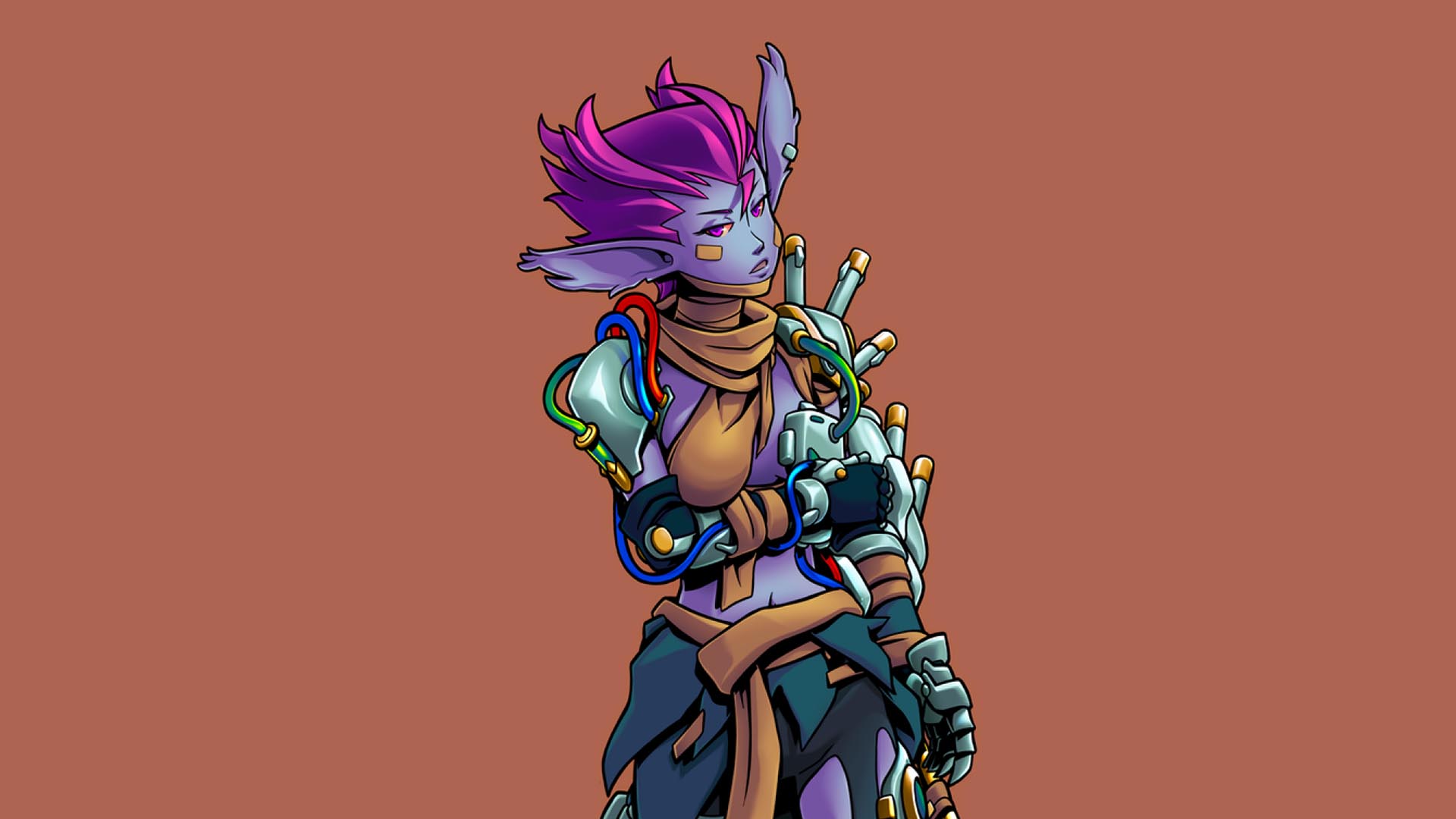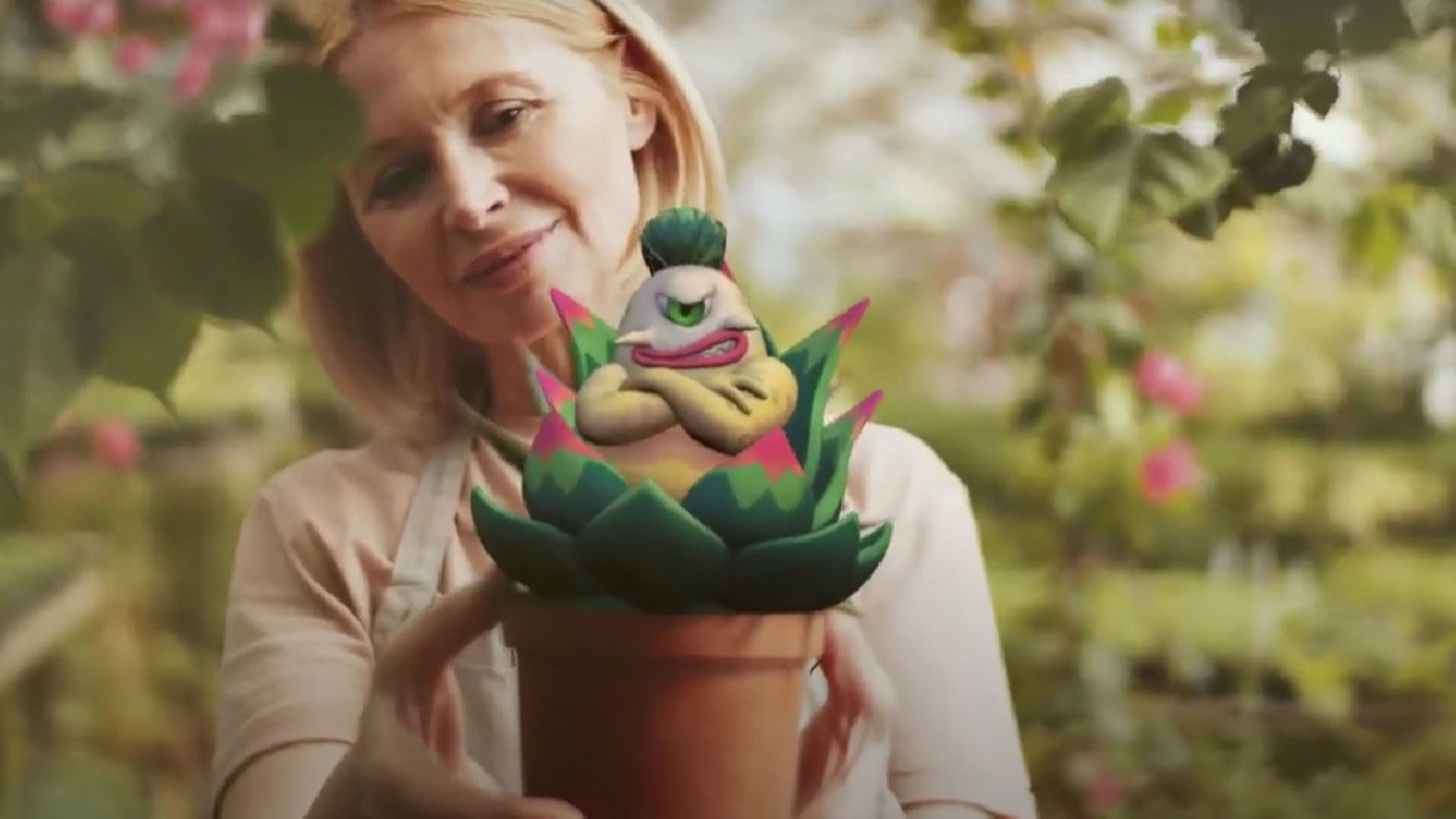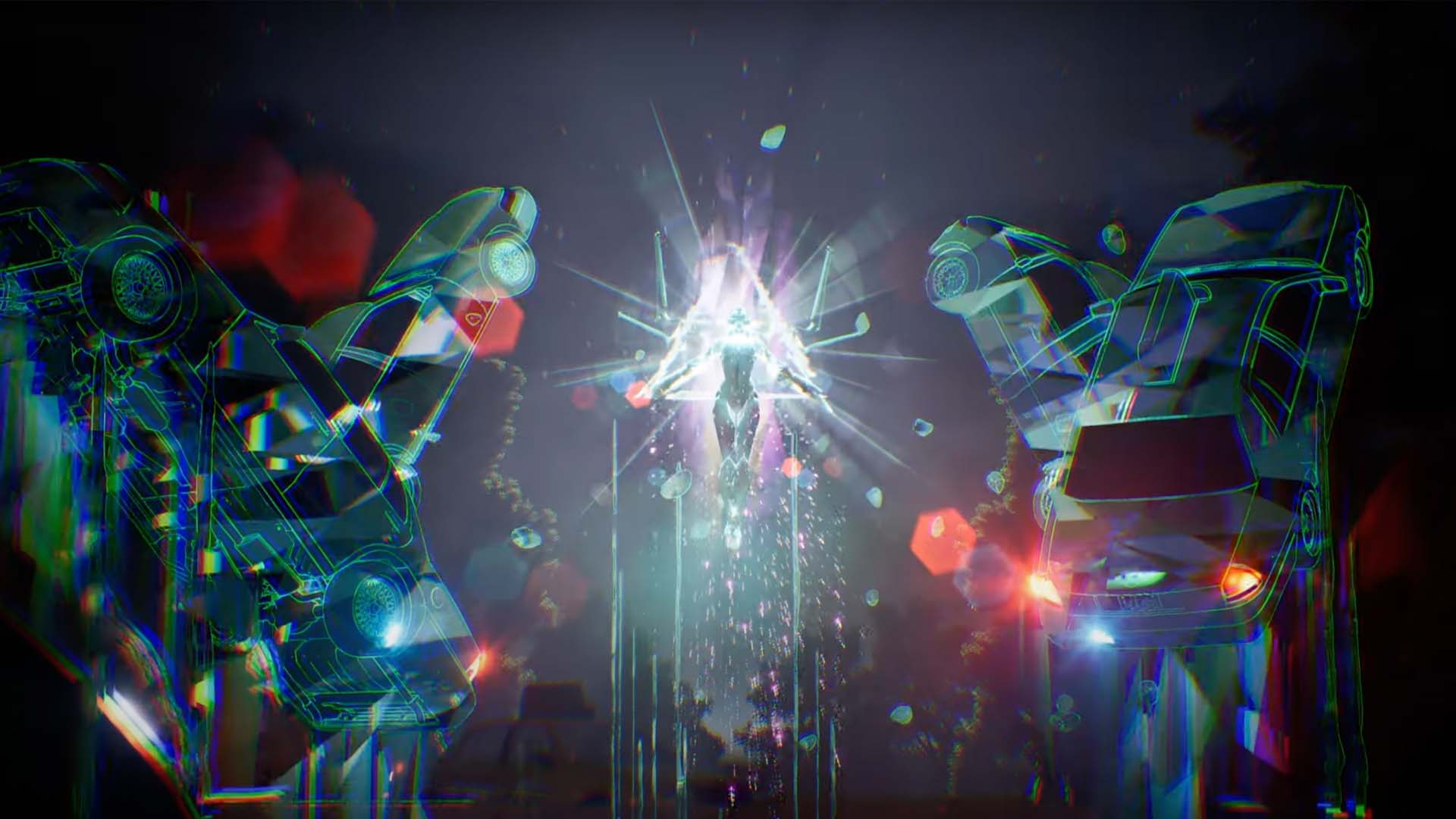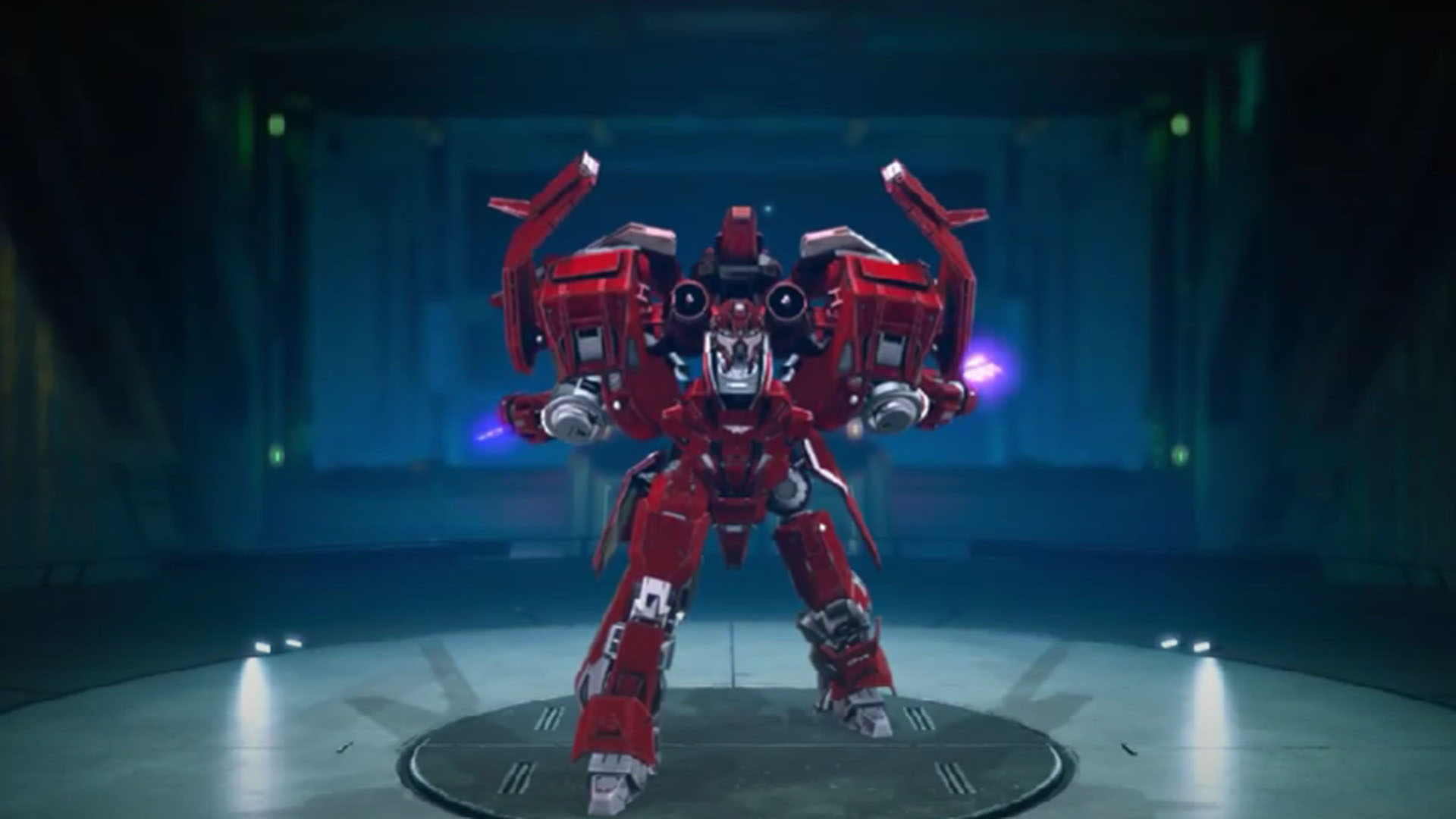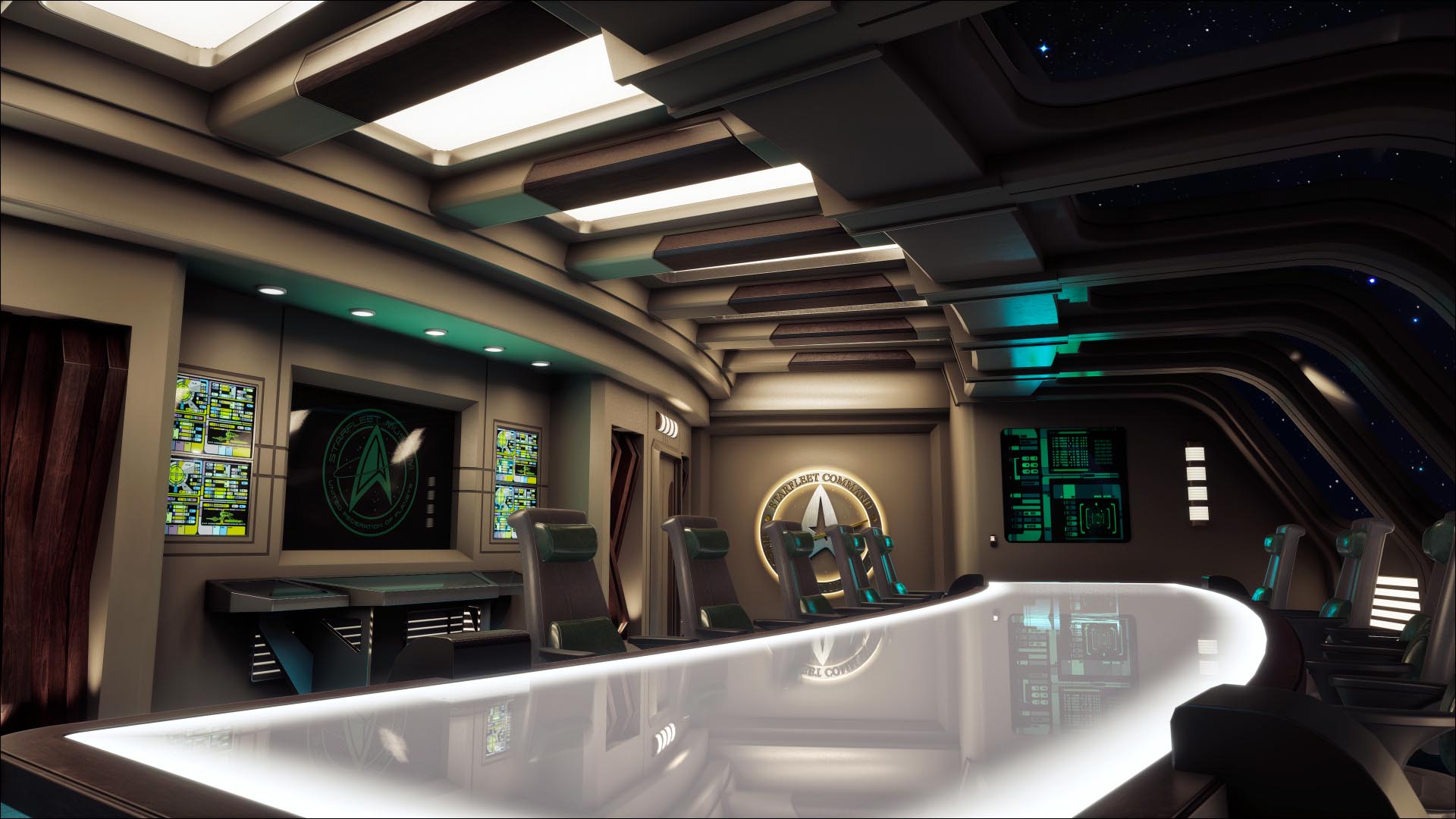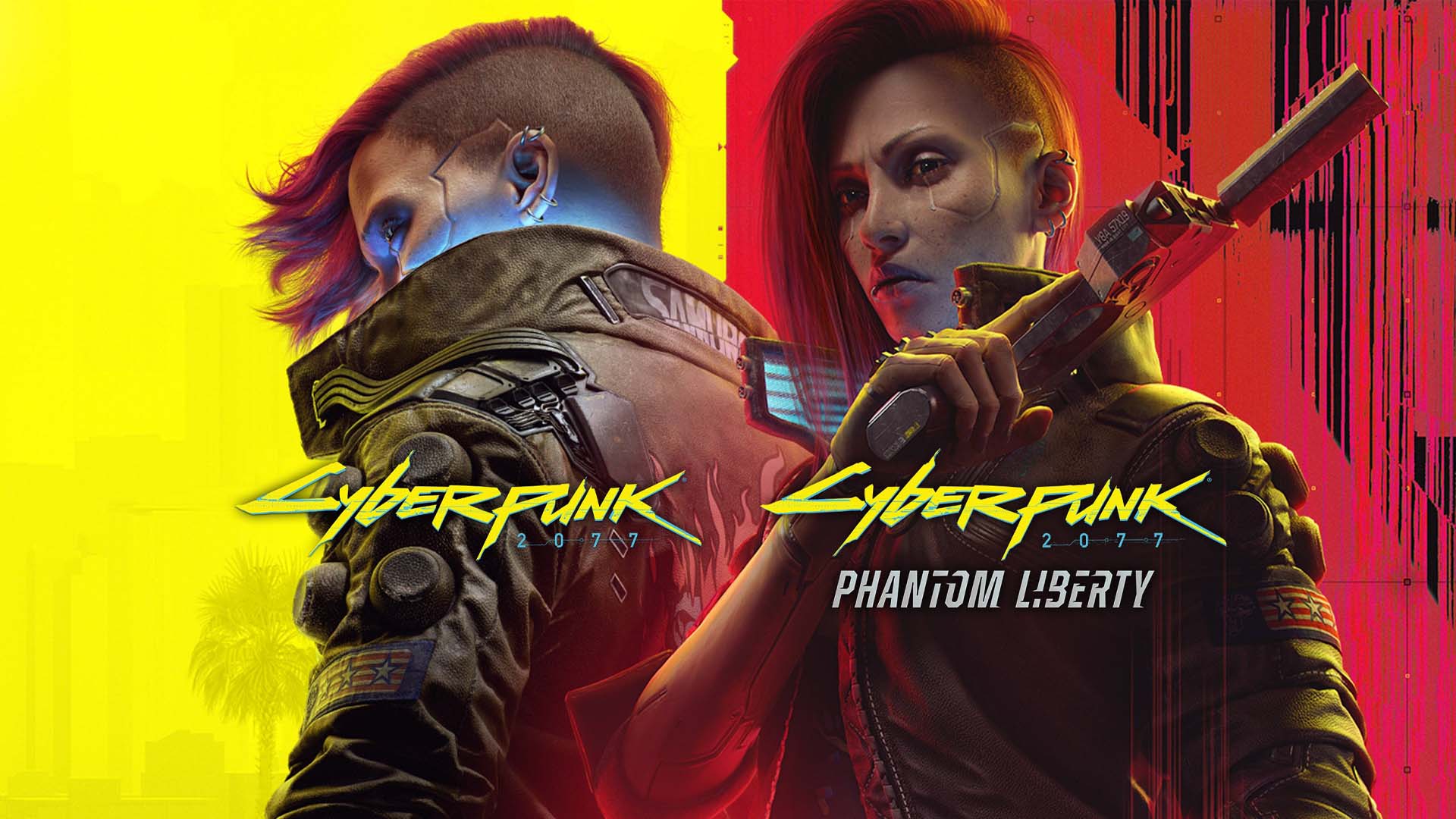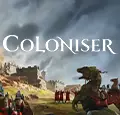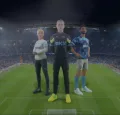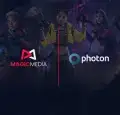Created for a project where players will explore planets in our universe, this interstellar buggy 3D model was created to be a rugged, reliable, and flexible vehicle. We had a chat with the artist behind the work to see what went into creating the piece, how he approached the work, and if he had any tips for other 3D game artists.
Creating A 3D Game Model
Creating video game art in all its forms is a diverse practice, requiring a huge amount of skill and talent. From 3D modeling for games to the striking 2D concept art and the 3D environments we see in games, each avenue has its own path to master.
For this piece, our artist knew his goal was to create an all-terrain vehicle that could be used in reconnaissance missions. These missions would take place on a variety of new planets so the terrain would be alien, unseen, and brand new to our player. To him, this gave a clear direction of stable, robust, and agile. Lastly, any far reaching recon mission might encounter danger! So, defence mechanisms were considered as well.
Special Considerations for Video Game 3D Models
Magic Media’s artists often mention that all art has a reference in reality. No matter eldritch or interstellar or alien, everything has some kind of grounding in our world. Of course, this doesn’t need to be 100% accurate and faithful to our lives and world. The artist says that a balance of “70% imagination and 30% reality” when designing hard surface objects is a good one.
Another tip our artists mention is that ergonomics must be respected when building these pieces. In particular, it must be considered when working on the level of stylization of the objects and characters.
Approaching the Creation of 3D Game Models
Visual storytelling is integral to our artistic process. Our game art production service is founded on communication and storytelling. In pursuit of the latter foundation, our artists always think about art and its context. The “What, Who, Where, When, Why, and How.” If you can answer these questions, your approach in the design stage will be far easier.
This kind of approach requires strong client communication and a clear brief. Once we have a direct description of its need and function, aesthetics can be built on top and adapt to the art direction.
Tools Used in 3D Modeling for Games
The initial sketches for this piece were done in Photoshop. The primary shapes and colors were built here which, once set, allowed the artist to move into 3D blocking in Blender. For 3D game models, Blender is a fast-rising talent in the video game art sphere and worth keeping an eye on!
The next stages are described as a “ping-pong” between the two programs where blocking and adjustments done in Blender are analyzed in the 2D art space of Photoshop. The artist describes this method as their preferred workflow as “2D gives us agility and ideas, while 3D guarantees order and structure.”
Common Mistakes in Video Game Art
While we could spend weeks talking about mistakes and problems to avoid, the artist behind this buggy believes most come from trying to rush the game art process.
In this way, the best tips he can offer is to take your time and look for feedback from others. He says not to be afraid of “reevaluating the process and its results.” The process might remain the same but it’s important to always remain flexible in the sense of each game’s context. Lastly, our artist mentions that a plan is always needed. A plan of what needs to be done, which will be constantly evaluated throughout the process. The key is to remain flexible!
If you’d like leverage our 3D game art services, get in touch with us today! From comprehensive art production to 2D concept art, real-time VFX, and animation, we also offer full-cycle game development, game porting, and much more. Our A-Z services cover all your needs in the gaming, entertainment, and tech industries. So, chat with us today and let’s create magic.

